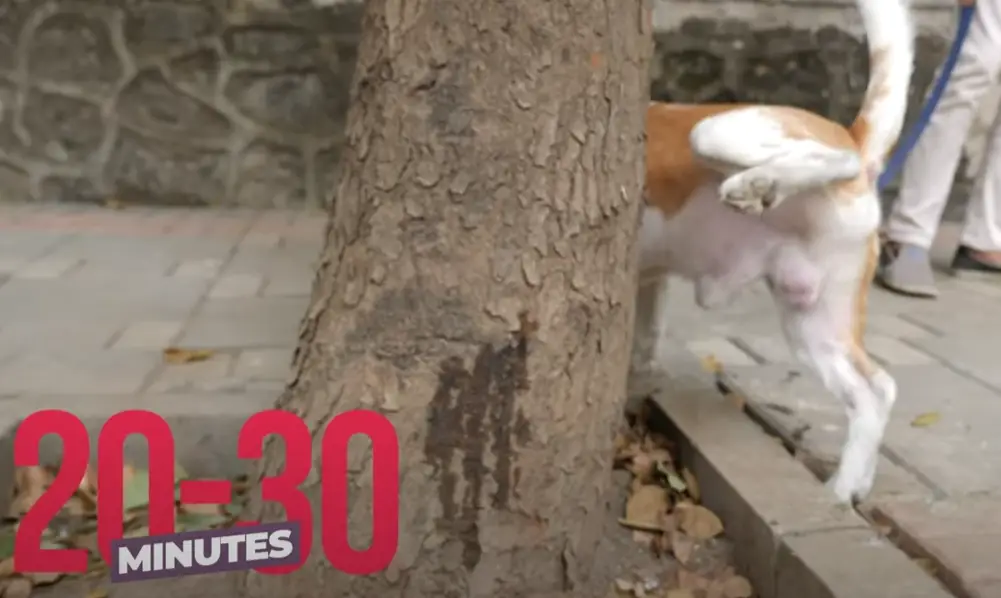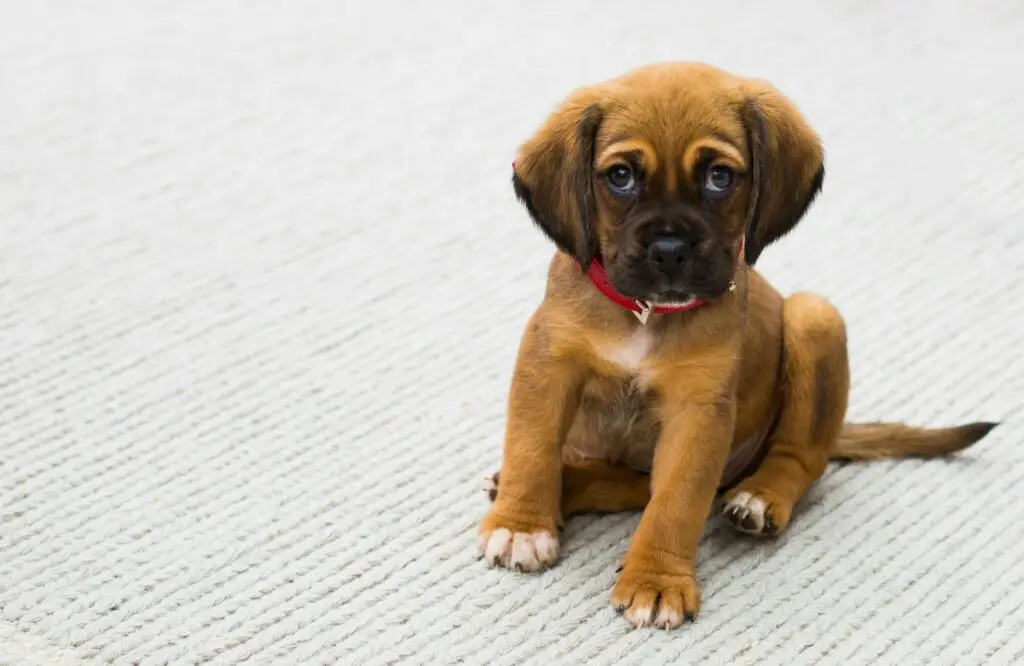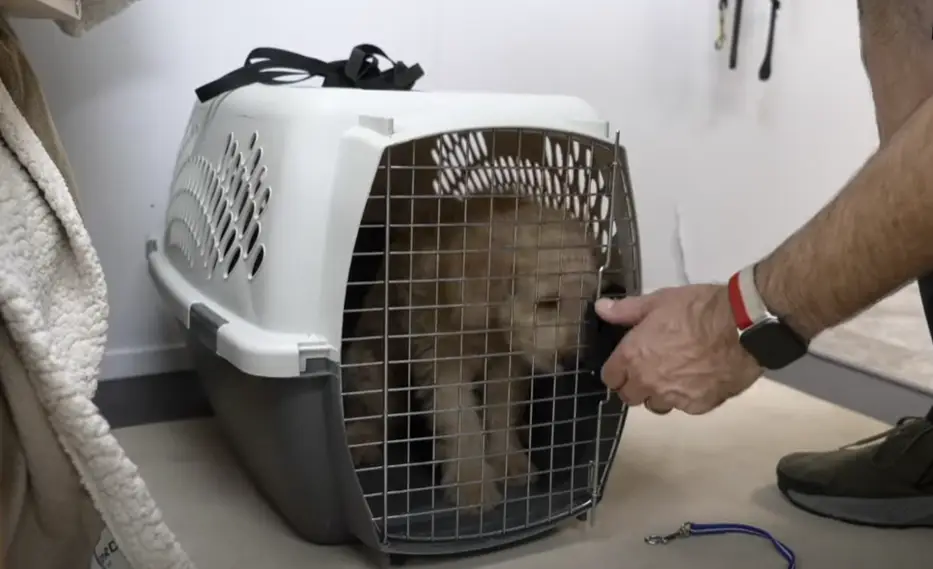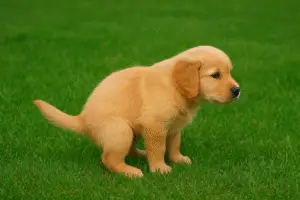Ultimate guide-Puppy training schedule by age
When you and I bring a puppy home, we are delighted, but we must not forget that we have a responsibility. That is, to provide a puppy training schedule by age because the puppy does not know how to live with our family, how to behave, where to potty, how to eat, and so on.
When it comes to puppies navigating their new environment and adopting good habits, just like human babies, they learn a lot in the early months.
Puppy training is not just about teaching commands, but also about teaching them behavior, social skills, and discipline. Almost all expert trainers have different puppy training procedures. You can train your puppy yourself according to its age. We will inform you about today.
Things to consider before training your puppy
Expert trainers say there are two essential components to puppy training :
Relationship building:
Before training your puppy, it is most important that you make them feel safe and secure. Only after the bond of love and trust between them is unbreakable will puppies learn what you teach them in a fun and easy way.
Maintain structure:
Curiocity stage between 8-12 weeks old
lesson 1 : Name recognition
Everyone in this world has their own name. Let’s say we have six people in our family. Everyone has their own name. If we don’t call someone by name, they won’t know who we are calling, and there won’t be any response.
Therefore, puppies should also be named and taught their names because they will stay with you for the rest of their lives. Call your puppy by name when you’re teaching something.
lesson 2 : introduce fundamental commands
Sit, come, stay & down are the most basic commands for your puppy. We recommend introducing sit & come commands during mealtime.
For “stay, “ask your puppy to sit, and reward them for not moving.
And to teach “down, “lure your puppy from a sit by moving a treat from their nose straight down to the floor, then reward them once they lie down.
These fundamental commands will help you control your puppy’s impulses.
lesson 3 : potty & Crate training
Potty training

When your puppy enters your home, you should start potty training as soon as possible. You should choose a specific time and place to potty train.
For example, it’s a good habit to go to the bathroom at a particular time after waking up in the morning, after eating, or before going to bed.
You should praise or give a small token when the puppy goes potty in the right place, which will motivate them to learn quickly.
Read more…
crate training
Crate training is one of the most valuable assets for puppy training and puppy parents. Place your puppy in a crate of the appropriate size where the puppy feels comfortable and relaxed.
Make the crate a safe place in your home by making it easy to use and comfortable.
Learn more about it.
lesson 4: Start socialization in the indoor environment
Expose the puppy to different types of people, such as children, adults, and people wearing hats. Introduce him to common household noises such as TVs, blenders, doorbells, etc.
lesson 5: guide chewing and mouthing habits
Therefore, you should provide them with safe chew toys to change this habit.
lesson 6: additional training schedule by this age
confidence & Ranking stage between 12-16 weeks
This phase may include a continuation and expansion of what was trained in 8-12 weeks. This helps to increase the puppies’ confidence level.
lesson 7 : Start socialization in the outdoor environment
lesson 8: practice impulse control
lesson 9: expansion of additional training by this age
Puppies still should not have directed running, but they may run freely during play.
Jumping should remain minimal—bars on the ground and short ramps only.
Continue tugging games from ground level, and make playtimes of 10–15 minutes for safety with monitoring.
growth of puppy stage by 4-6months
lesson 10 : Leave your puppy alone
lesson 11 : Additional expansion of training by this age
Adjust Formal leash training sessions typically last 5–10 minutes each.
Avoid forceful directed running, but free, polite play will be good for them.
Low jumps can be raised to about half elbow height.
Tug games stay low and controlled. Supervised playdates limited to last 20–30 minutes, with kibble or treats on hand to break up for rough play.
puppy training schedule by stage between 6-12 months
Lesson 12 : Use constant reinforcement for reliable commands.
By this age, your puppy masters the basics; it’s time to strengthen their skills by increasing the 3Ds: distance, duration, and distraction, according to expert trainers.
Gradually add more space between you during commands, ask them to stay in position for longer periods, and introduce new distractions for them to work with.
Use a long-line for secure outdoor practice, especially for recall from a distance. Continue to challenge them by meeting them in busy environments to further develop their attention and obedience.
lesson 13 : expansion of additional training by this age
By this age, puppies can walk continuously on soft ground for 20-30 minutes, as well as 60-minute sniffing and rolling sessions with plenty of breaks.
Walking can also be started cautiously. Extend leash training sessions up to 5-10 minutes. Don’t force puppies for the long run, and long play.
Gradually increased jumping challenges, but supervision is important – especially on stairs. If toys are kept low, and a 20-30 minute play date and time is ideal, tugging is safe to avoid injuries, always implement a nap and rest period.
For more tips ……..






1 thought on “Puppy Training Schedule by Age”
Pingback: Puppy Potty Training: A Step-by-Step Guide for Success